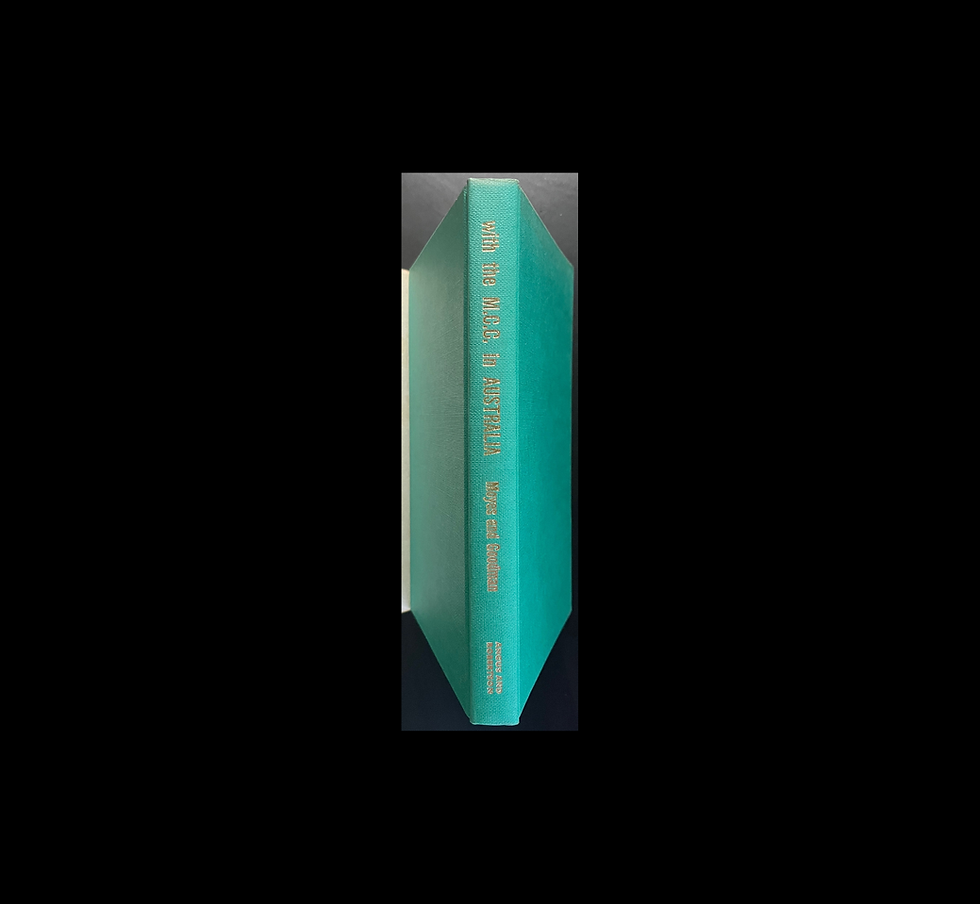Arnold Shore: Pioneer Modernist by Rob Haysom is the first major monograph devoted to the life and work of Arnold Shore (1897–1963), an important figure in the development of modern art in Australia.
Often described as both a painter and a critic, Shore was instrumental in introducing post-impressionist and modernist ideas to Australian audiences during the early 20th century.
The book traces Shore’s career from his early influences to his pioneering role as a modernist painter, teacher, and writer. It explores his stylistic evolution—moving from traditional tonalism toward bold colour and abstraction—and situates his work alongside the broader cultural and artistic shifts in Australia during the interwar and postwar years.
Lavishly illustrated with reproductions of Shore’s paintings, the book highlights his depictions of landscapes, seascapes, and urban scenes, all rendered with a modernist sensibility. Haysom also examines Shore’s influential writings and his work as a critic, which helped shape Australian perceptions of modern art.
This book is the first and only major monograph on Arnold Shore, making it a key reference for collectors of Australian modernist art.
The print run was relatively small, aimed primarily at art libraries, galleries, and collectors, which contributes to its scarcity. Copies in new condition and still in original shrink wrap, like the book from The Fine Art Hut, are especially rare.
Title: Arnold Shore: Pioneer Modernist
Author: Rob Haysom
Publisher: Macmillan Art Publishing, Melbourne, Australia
Year: 2009
Edition: First Edition – New (still in original shrink wrap)
Arnold Shore: Pioneer Modernist (2009 First Edition) - as new
Arnold Shore (1897–1963) was a pioneering Australian modernist painter and art critic. Initially trained in tonal painting, he later embraced the innovations of European modernism, becoming one of the first Australian artists to openly adopt post-impressionist and modernist approaches.
As both an artist and a teacher, Shore exerted a profound influence on a younger generation of Australian painters, helping to challenge conservative tastes and encourage new modes of expression. His criticism, published in newspapers and journals, further cemented his role as a central advocate for modern art in Australia.
Shore’s legacy lies in his dual role as a practitioner and intellectual—he not only created art that pushed boundaries but also articulated the case for modernism in an Australian context.
































